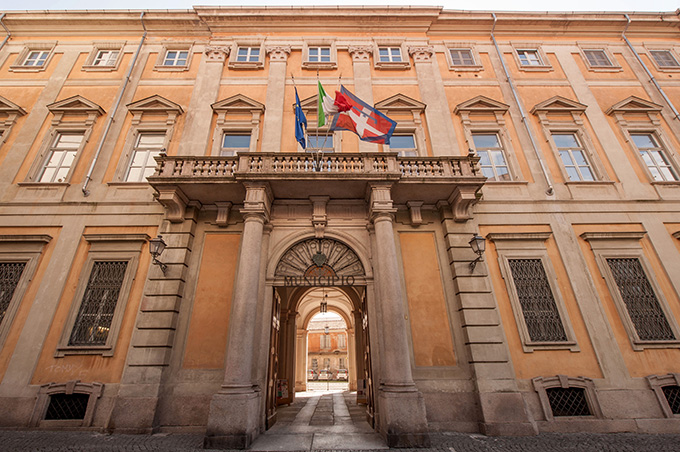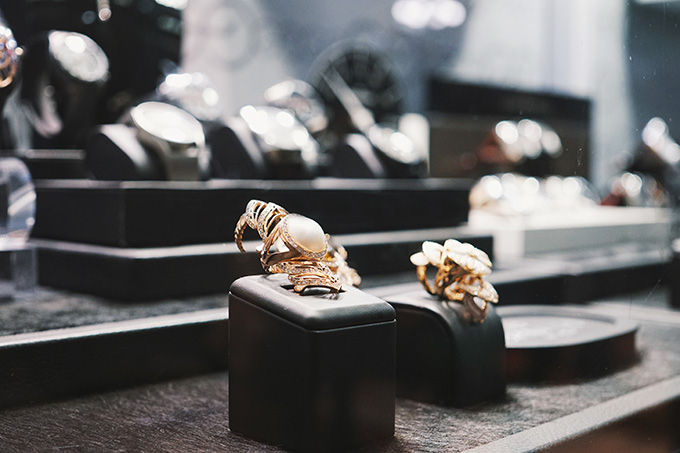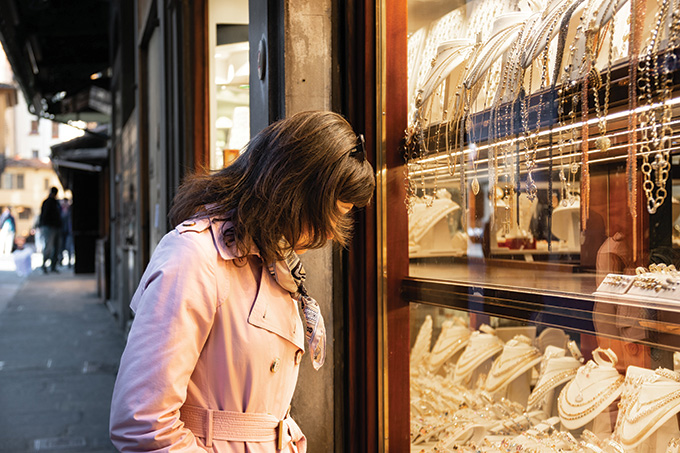Italian jewellers have time and again proven their world-class prowess in jewellery manufacturing and design. Faced with modern challenges, they are progressing and constantly innovating to sustain their edge in the business.
This article first appeared in the JNA September/October 2024 issue.
While Italy is known the world over as a bastion of jewellery artistry and sophistication, the country’s jewellers are also making strides in business innovation and fresh growth strategies to stay relevant in an ever-evolving trade.
Companies are expanding their reach in search of new markets, Asia in particular, while regularly updating iconic collections to include contemporary concepts and elements.
Some are steadily building their social media presence and revolutionising designs to attract a younger generation of buyers – all the while remaining resilient in the face of challenges and adaptive to new realities in the business.
Italian artistry
Understated elegance and innovative designs are the cornerstone of Italian-made jewellery, according to Giulia Callegari, owner of FerriFirenze. The company, which implements a meticulous design and production process, operates a manufacturing facility in Florence, Italy.
“FerriFirenze is known for its one-of-a-kind flexible jewellery pieces. This design component only highlights the fact that our jewellery is handmade in Italy,” noted Callegari. “They are difficult to produce by machine. And this is the main differentiator.”
Trends
FerriFirenze follows what Callegari describes as a fashion calendar when unveiling new collections inspired by the seasons – spring, summer, autumn and winter. Frequent and consistent launch of new designs keeps buyers interested, noted Callegari.
Enamel figured extensively in FerriFirenze’s designs last year and this trend will remain strong throughout 2024.
She noted, “We use more enamel in our pieces – pink, blue, lilac, black, turquoise, malachite-green and the blue from lapis lazuli. We have become more adventurous in our choice of colours.”
She said a great deal of buyers, who are new to the brand, would likewise request for more affordable entry-level pieces like rings or small pendants. Some of these clients found FerriFirenze on social media, specifically Instagram.
Value-added services are also among the strengths of FerriFirenze. Callegari explained, “We put a lot of effort into our lifetime guarantee programmes, private appointments and styling sessions. We take the time to meet clients in person; help them match the jewellery with their outfits. These make a huge difference.”
New business
Another testament to the changing landscape of the Italian jewellery business is the emergence of new customers. This was evident at an international jewellery fair held in Hong Kong during the first quarter of 2024.
FerriFirenze’s Callegari said there is healthy demand for fine jewellery in major markets, including Gulf Cooperation Council countries and the Middle East. Asia is also a top performer, save for China due to the country’s protracted economic slowdown.
Chinese buyers have likewise grown reluctant to spending money outside of the mainland. Callegari explained, “We have had several requests from mainland Chinese clients to pay with Alipay or UnionPay, which we were not able to accommodate.”
Emerging markets like Vietnam and the Philippines make up for lacklustre sales in China, though. “These two countries were not a market of focus for us,” she added. “Right now, however, the trend remains positive because the decline in demand from China is being offset by sales in new markets.”
Meanwhile, Andrea Milano, owner of Piero Milano Gioielli, met first-time clients from China who were looking for gold jewellery at the show. China has a prolific gold jewellery manufacturing industry as well but according to Milano, Chinese buyers were on the lookout for Italian-made jewellery with a distinct, one-of-a-kind design.
Piero Milano, which has been around since 1953, has a factory in Valenza. According to the company official, 90 per cent of the jeweller’s production is exported to the US and Europe while the remaining 10 per cent is sold locally.
It produces 18-karat gold jewellery with diamonds and coloured gemstones, which comes in a wide range of prices. Milano said Chinese clients favoured companies with the history and tradition of producing gold jewellery not manufactured in China.
Buyers are also becoming more partial to classic and conservative designs with a modern touch – a departure from bold, ultra-edgy styles that were trendy in the past.
“Classic designs are performing well at present. While I sell mainly to retailers, I have to think of what is attractive to the end-consumer as well. And now is not the time to be experimental. The piece must be easy and comfortable to wear too,” he added.
Enduring legacy
Giorgio Visconti Spa, a top player in Italy’s jewellery manufacturing scene, also found new retailer clients in Hong Kong at the beginning of 2024. These were mostly buyers from Hong Kong, Japan and the Philippines, and some from Russia, revealed company CEO Andrea Visconti.
The brand, established almost eight decades ago in Valenza, mainly caters to US and European clients.
Citing ongoing global uncertainties, Visconti said the disparity between upper- and lower-class markets continues to widen, inadvertently obliterating the middle-class segment, which had demonstrated a steadily increasing buying power over the years.
This is particularly tough for jewellery businesses who need to position their brands carefully and correctly. The trend is most pronounced in Europe and the US,
commented Visconti.
“This phenomenon has been going on for many years, but now the gap is further expanding, which means the middle-class market is disappearing. The buyer would either belong to top-tier or low-tier categories,” he stated. “This is why brand and product positioning in this new regime is extremely important.”
Another observation shared by Visconti is the market’s rising appreciation for high-end jewellery as a store of wealth, especially during difficult times. This is where Italian jewellers’ expertise, resilience and innovative spirit come to the fore, he added.
“We have been seeing an increase in demand for information on the jewellery prior to purchasing such as specific features of the gem or diamond,” Visconti noted. “This is an indication of people wanting to buy something of value.”
This kind of jewellery culture should also be inculcated in today’s younger generation. Unlike their predecessors, younger consumers have at their disposal unlimited access to online information. They would often spend copious amounts of time researching a product they are eyeing to buy before trying it out in the physical store. This diligence and precision define their unique purchasing behaviour.
Even the jewellery design is influenced by this evolution. Younger clients would now ask for multi-stone engagement rings as opposed to solitaires in the past. “They find millions of design inspirations online. This is reshaping their jewellery choices, and we are willing to address these emerging buyer preferences in our upcoming collections,” shared Visconti.














